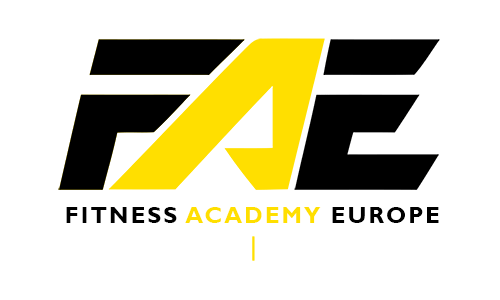Audit headers by having one H1 tag per page, reflecting the main topic and keywords. Header tags (H1 to H6) are HTML elements structuring content with headings and subheadings. They guide users in gauging a page’s relevance SEO Anomaly to their query.
- It is no wonder that over the last few years, Google has looked to switch to mobile-first indexing.
- When you conduct your SEO audit for 2025, you’ll want to analyze the keywords you target.
- Key components include optimizing site speed, enhancing mobile-friendliness, structuring URL paths, implementing HTTPS, and ensuring proper site crawling and indexing.
- And if a search engine stumbles upon unreadable code, say goodbye to a decent loading speed and the first positions in the SERP.
This can lead to improved performance — both on the search results pages and how visitors engage with your website. It automatically pulls information from your Google Search Console property. And provides you with a breakdown of keywords and phrases your website ranks for and gets clicks for. If your competitors rank for these keywords, you have a good chance to rank for them too. Based on factors like the quantity AND quality of your backlinks. And it’s something you need to prioritize as part of your SEO audit checklist.
In most cases, improvements to your site’s speed require your in-house or agency’s development team. For instance, an SEO audit reviews the title tags of your webpages, which relates to content marketing. For a quick refresher, title tags serve as the title of your webpage in search results. In the example below, you can see the title tags, like “Pellet Stoves – Mobile Home Repair,” outlined in yellow. If you’re looking to save money by only auditing a few of your webpages, don’t. An audit like that only provides your business with a partial view into your SEO strengths and weaknesses.
URL Structure
For example, you can pull keyword rankings and backlink data from Semrush. Then combine it with Google Search Console data to highlight clicks and impressions. “We wanted to democratize the depth and quality of professional SEO audits, typically costing over £1,000, by making them accessible to every business, absolutely free.” A sitemap.xml is essentially a list of all pages on your website that you want search engines to discover, crawl and index. It also lives on the root folder in most cases and can be found at domain.com/sitemap.xml. Keywords are essential to SEO, since they are what users search for when they are researching.
Schedule an SEO Analysis
An awesome set of SEO tools can make or break the success of your audit and drastically decrease the time it takes. Considering the reasons to do an SEO audit, it is critical to know that almost any time is the perfect time to do an SEO audit. The bottleneck is simply the reward based on the time it will take to complete. Mostly, we would recommend doing a complete SEO audit at least once a quarter. But this can be more often or less often based on the size of your website and the amount of content that is published monthly.
Step 6: Make sure meta tags are optimized
Many businesses face hidden website problems that hurt their online success. These issues can lower your website’s rank, reduce visitors, and stop growth. It’s like spending time and money on great content, only to have small website mistakes ruin it. We provide a set of SEO tools to help you understand your website from a search engine’s perspective.
For example, a global leader in roofing materials experienced a steep drop in traffic after an accidental “noindex” tag was applied to their entire site. Despite their best efforts, they could not identify the problem. After a strategy session with Cadence, the issue was quickly spotted and resolved, leading to a rapid recovery in traffic.
It monitors for pages that no longer perform well and gives recommendations on how to fix them. For example, this shows us that our article on the top 100 most visited websites has declined massively over the last six months. For example, our list of top Google searches declined massively in 2021. It also has the same number of pages with an empty or missing meta description and thousands with a missing or empty H1 tag. For example, the core update in August 2018 appeared to largely affect health, fitness, and medical sites that failed to demonstrate expertise, authoritativeness, and trust (E-A-T).
Remember to use structured data, which maintains a standardized format, to help Google crawl your site. Making it easier for search engines to find the pages on your site is very important to your SEO. A large part of that is internal linking, meaning when you’re creating new content, you should be linking to other pages on your site within that new piece of content. Internal links make it so much easier for a search engine crawler (and people!) to find pages on your site, giving you an SEO boost. If you’re writing a blog post about financial services, and you have a page on your website listing your services, you should definitely be linking to that page. You’re helping your SEO and driving traffic to another page on your site.
Encourage customers to leave positive reviews, as they impact local search rankings. Additionally, reviewing their local SEO presence, including their Google Business profile, provides insights into how you improve your own local rankings. Keeping track of factors helps you stay competitive and adjust your strategy accordingly.




